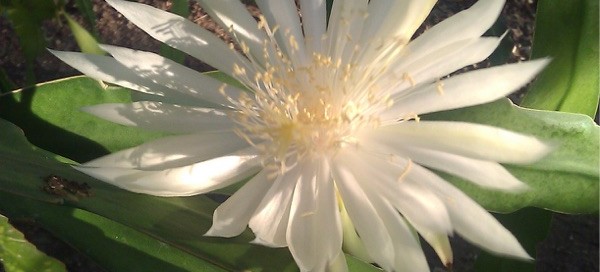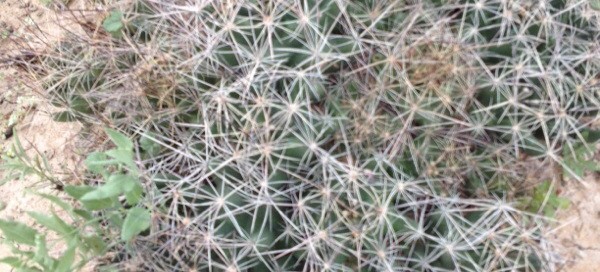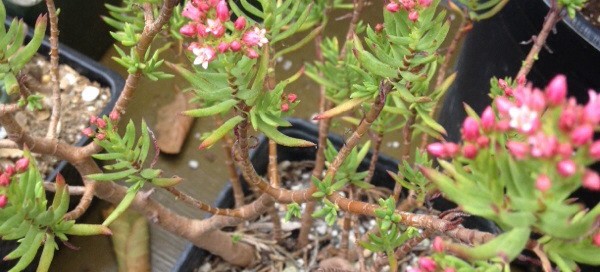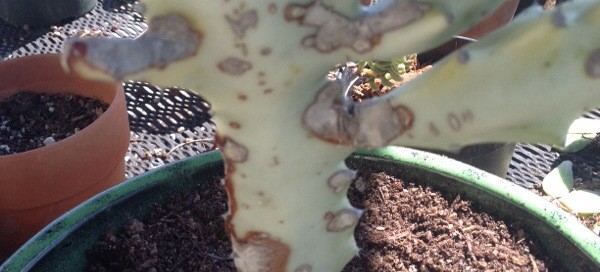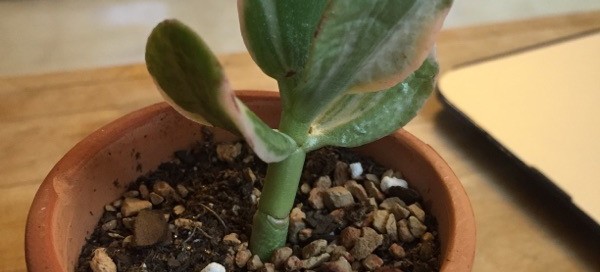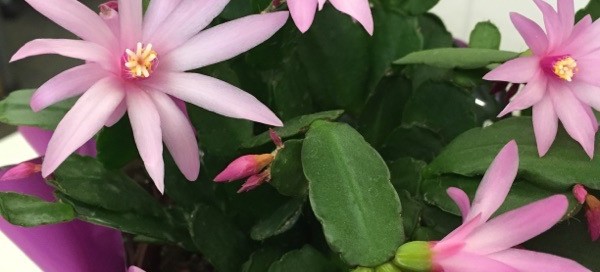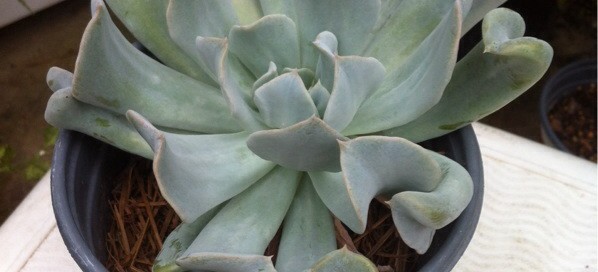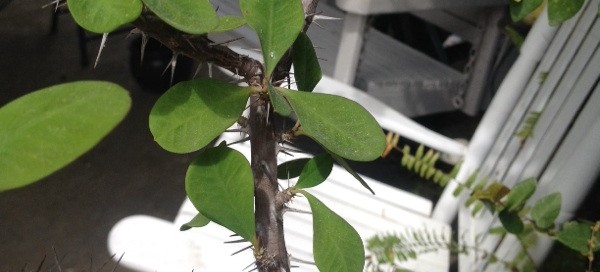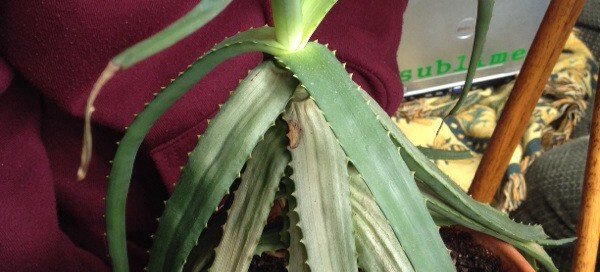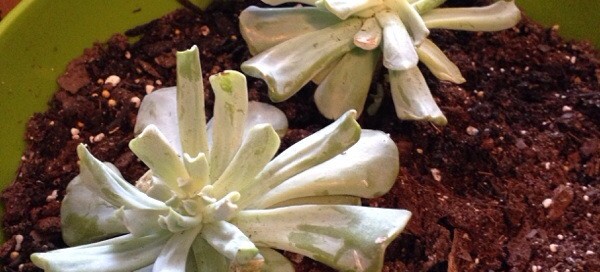Queen Of The Night
A large epiphytic cactus native to Mexico and Brazil. Epiphyllum can reach 20 feet in height (in the tropics). The dark green branches reach 3 feet long. This cactus lacks true leaves; its leaf-like growth is really flattened stems. Its showy blooms appear in late spring or early summer, and its white flowers are 11 inches long and 5 inches wide. This fragrant, nocturnal bloom opens in the late evening and closes again at sunrise. Plant in moist, well-draining soil. Mix two parts peat moss, one part sand and one part pine bark. Place in a site with full sunlight to partial shade exposure. The site should not be an area where temperatures fall below 35 degrees F. Water whenever the surface of the soil is dry. Reduce the amount of water given in the winter. Do not let the soil dry out all the way. Feed every month with a 10-10-10 balanced fertilizer diluted to half strength. Do not fertilize during its inactive period during the winter.
